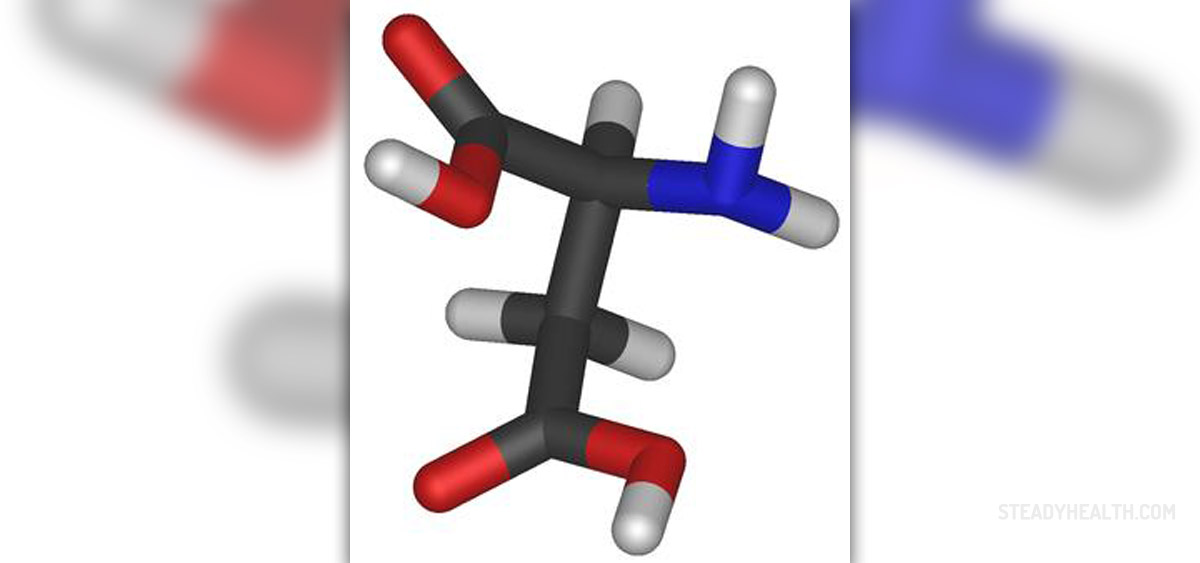
Aspartame is a certain type of artificial sweetener which isoften used as a sugar substitute in numerous different types of beverages andfoods. It is actually a non-saccharide methyl ester of the phenylalaninedipeptide aspartic acid. It was first introduced in 1965, but its patentexpired in 1992 so it is now available on the market under numerous differentsorts of brand names. There are countless internet hoaxes, congressionalhearings, medical controversies and political controversies associated with thesafety of aspartame. Even though it was approved as safe for use by the UnitedStates Food and Drug Administration in 1974, there are still people who sufferfrom various sorts of genetic medical conditions who need to avoid to aspartamecompletely. There are two different types of approaches to the synthesis ofaspartame which are in commercial use.
Aspartame Controversy
Aspartame has long been the subject of numerouscontroversies ever since it has been approved in 1974 by the United States Foodand Drug Administration. This is mainly due to the fact that certain healthrisks can be associated with the consumption of aspartame. According to certainofficials, aspartame has been the subject of numerous studies and tests inorder approve its safety. It is a non-nutritive sweetener which is completelysafe to use in moderate levels, according to the same officials. Aspartame iscompletely different from all other sorts of intense sweeteners, because itsintake can be compared with the intake of the same substances derived from thenatural types of food. Certain medicinal studies have tried to show that theconsumption of aspartame may be associated with an increased risk of thedevelopment of brain tumors, but no scientific data have confirmed such claims.
Properties and Use
For those who do not know, aspartame is approximately 200times sweeter than table sugar. When metabolized, aspartame produces fourkilocalories of energy per gram. In spite of that, one needs only to ingest invery small amounts in order to feel a sweet taste. Such small amounts aresimply insignificant to be even considered when the intake of calories is inquestion. Aspartame has a different taste than the regular, table sugar andthere are also differences in terms of how long the provided sweetness lasts.Out of all different artificial sweeteners, aspartame is the closest to tablesugar when it comes to the aforementioned properties. Its sweetness lastslonger than the sweetness of table sugar so it is often successfully mixed inwith other sorts of artificial sweeteners such as acesulfame potassium. It iscommonly produced from synthesized L-aspartate and L-phenylalanine. If exposedto high pH or elevated temperatures, aspartame is known for breaking down itsconstituent amino acids. This is why it cannot be used as a baking sweetenerand it does not have a particularly long shelf life. If encased in fats ormaltodextrin, its stability under high temperatures may be improved to a certainextent. Aspartame is commonly used as a sweetener in soft drinks, because theyhave a certain well balanced pH which makes it stable. When intended for usewith a longer shelf life, aspartame needs to be mixed in with some other sortsof artificial sweeteners such as saccharin. When used in powdered beverages,the aldehyde of the aspartame needs to be protected as an acetal so that theloss of flavor and sweetness does not occur. Aspartame usually leaves a sweetaftertaste, but in some products it may also be associated with bitter and offflavor aftertastes as well.
Discovery and Approval
Aspartame was first discovered by a chemist called James M. Schlatter,back in 1965. It was synthesized accidentally during the production of a drugintended for use against ulcers. It was approved by the United States Food andDrug Association for use as an artificial sweetener, nine years after itsdiscovery. The United States Food and Drug Association also approved it for usein carbonated beverages in 1983. !993 saw the approval from the United StatesFood and Drug Association which claimed it was safe for use in confections,baked goods and all sorts of beverages. In 1996, all restrictions were removed,so aspartame now can be used in all different sorts of food and beverage items.
Metabolism and Phenylketonuria
After it gets ingested, aspartame breaks down into certainresidual components which include methanol, phenylalanine and aspartic acid. Thesecomponents are then broken down even further, so the products of thoseprocesses include formic acid and formaldehyde. Phenylketonuria is a ratherrare type of medical condition. It can only be inherited and it can only becharacterized as an inability to metabolize phenylalanine in a proper manner. Peoplewho suffer from this medical condition need to avoid aspartame because it isactually an additional source of phenylalanine, which may be a big problem forthem.



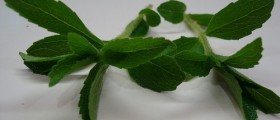





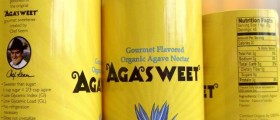

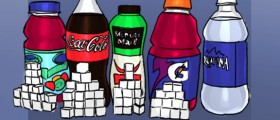


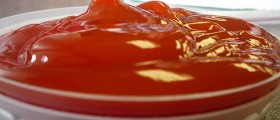


Your thoughts on this
Loading...